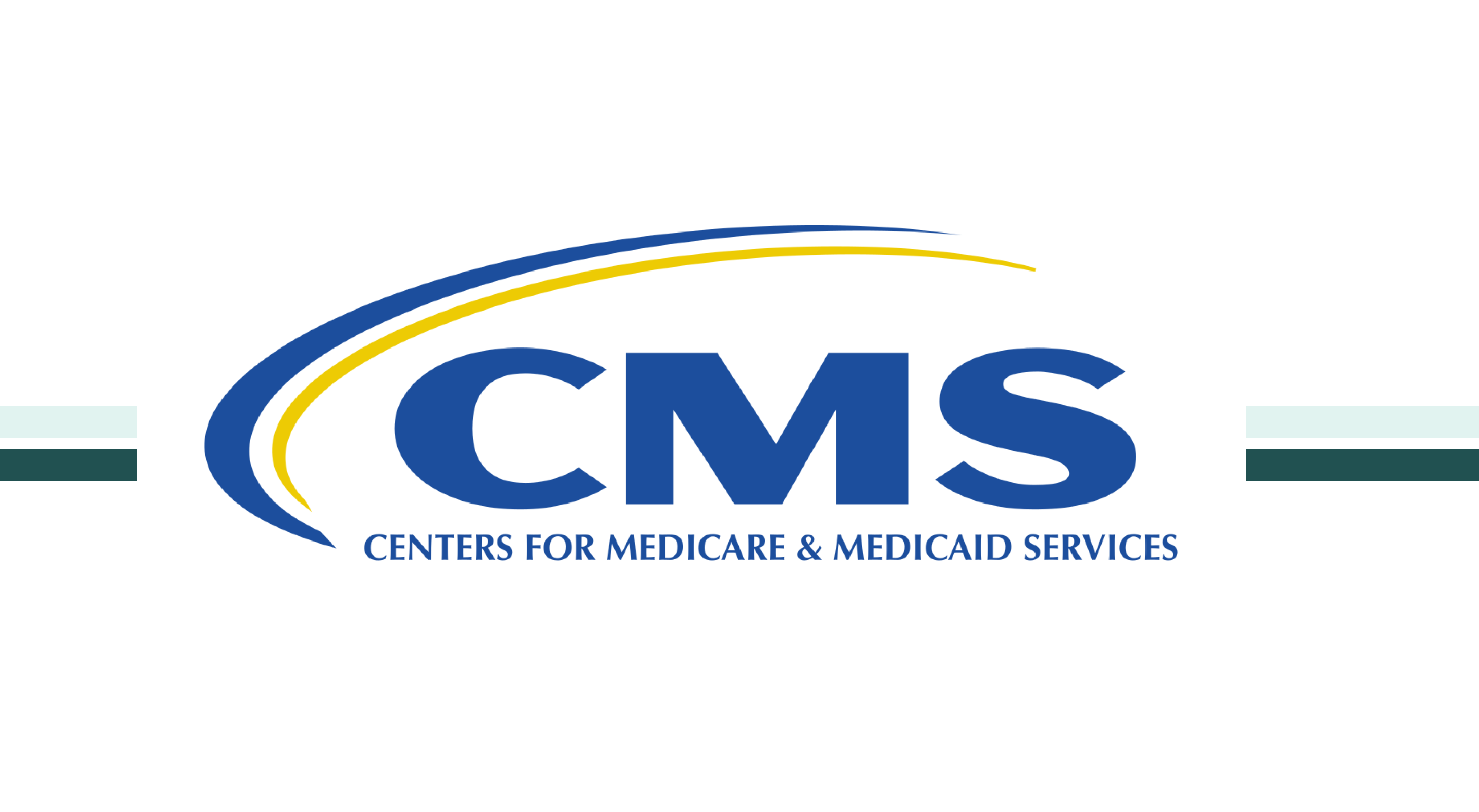What’s At Stake with the CMS New 2023 Hospital New Orthopedic PRO Performance Measure
CMS released earlier this year its fiscal year (FY) 2023 Medicare Hospital Inpatient Prospective Payment System (IPPS) and Long-Term Care Hospital...
Seamlessly deploy a scalable, EHR-integrated patient-reported outcomes (PRO) program to enhance patient insights and performance
Rapidly deploy clinical studies and registries on the EDC platform preferred by investigators
Prove your value by benchmarking your PROs against PatientIQ’s industry-leading real-world PRO dataset
Unparalleled expertise to help you leverage outcomes data and meet your clinical and operational objectives
2 min read
Kara Linde : Dec 27, 2023 12:17:58 PM
The Centers for Medicare and Medicaid Services (CMS) finalized the ASC-21 rule which includes the addition of the Risk-Standardized Patient-Reported Outcome-Based Performance Measure (THA/TKA PRO-PM) to both the Hospital Outpatient Prospective Payment System (OPPS) and the Ambulatory Surgical Center (ASC) payment system. This final rule emphasizes the importance of utilizing patient-reported outcomes in care delivery by bringing the PRO-PM measure to the outpatient setting.
Starting October 3rd, 2024, providers may begin to collect data for the first round of voluntary reporting. Participating in voluntary reporting ensures you have enough time to test and refine your workflows prior to mandatory deadlines with payment impacts.
The outpatient THA/TKA PRO-PM is significant because it reinforces what we learned last fall with the release of the Inpatient Patient-Reported Outcome Performance Measure (PRO-PM): patient outcomes are important and here to stay. This performance measure will provide healthcare providers with actionable insights into the quality of care patients receive from two common procedures.
Sites must report a minimum of 45% of all eligible patients with complete pre-op data and matching eligible, post-op data. To measure a positive patient outcome, patients must meet or exceed the substantial clinical benefit (SCB) thresholds outlined in the joint-specific surveys. The SCB thresholds are:
Since responding to PRO data is voluntary, we understand the importance of accounting for non-response. Therefore, the measure uses a statistical approach called inverse probability weighting (IPW) to consider patient characteristics of all eligible THA/TKA patients to address potential non-response bias.
Take advantage of the voluntary reporting period to minimize clinical disruptions and streamline processes. Harness tools that:
There will be three voluntary reporting periods from 2025-2027. In order to qualify patients for the 2025 voluntary reporting cycle, pre-op data must be collected starting on October 3, 2024. Mandatory reporting begins with pre-op data collection in October of 2027. This will impact reimbursement payments in the 2031 calendar year.
PatientIQ recommends participating in the voluntary reporting periods to better understand your patients outcomes data without penalty. Once the mandatory reporting period begins, failure to either report or reach minimum improvement metrics will result in up to a 2% reduction in payments.
CMS released earlier this year its fiscal year (FY) 2023 Medicare Hospital Inpatient Prospective Payment System (IPPS) and Long-Term Care Hospital...

Key Takeaways The pre-procedure collection window for voluntary reporting of the outpatient THA/TKA PRO-PM begins in October There are financial...

3 min read
As a Quality Officer, you’re on the front lines of ensuring your health system delivers exceptional care while meeting ever-evolving regulatory...